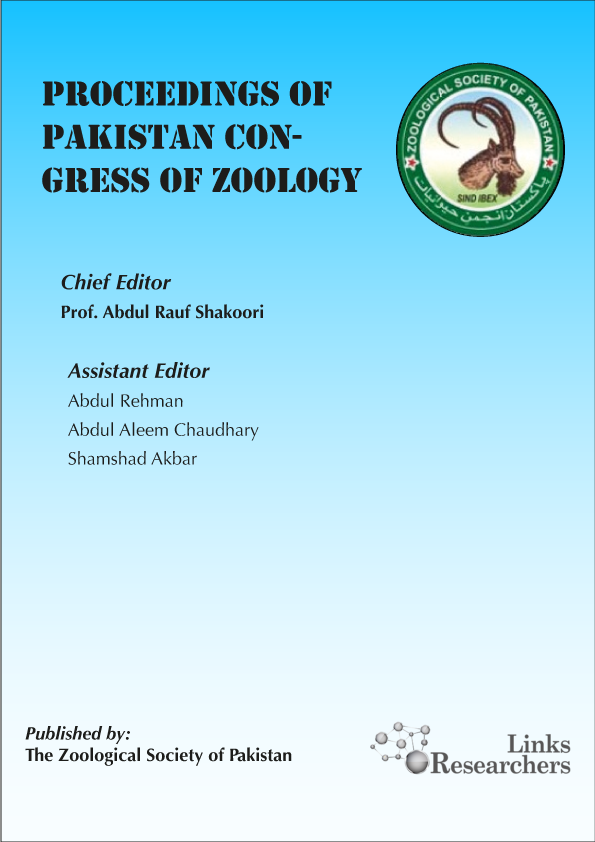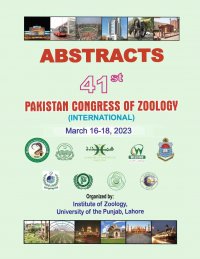Raja Zoq-ul-Arfeen*, Aamir Saleem*, Sarwat Naz Mirza*, Muhammad Akmal**, Hafiz Muhammad Tayyab* and Obaid Afzal***
Najam-un-Nisa1, Ruqia Bibi1, Balqees Riaz1, Bushra Khalil1, Iqra Maheen1, Saima1, Uzma Islam Khan1 and Inam Ullah1,2*
Waqas Ahmad*, Muhammad Naeem
Phoebe Lyndia Tolentino Llantada1,2*, Midori Umekawa2, Shuichi Karita2
Anwar Ali1*, Muhammad Ayaz Khan2, Muhammad Atif Majeed1 and Nowsherwan Zarif1
Qamar Ullah1,2, Muti-ur-Rehman Khan1*, Raheela Akhtar1 and Aftab Ahmad Anjum3
Hina Jabeen*, Usman Irshad, Kainat Azhar, Alisha Fatima, Asma Zaheer Abbasi, Tayyaba Sadia and Jaweria Aqeel









